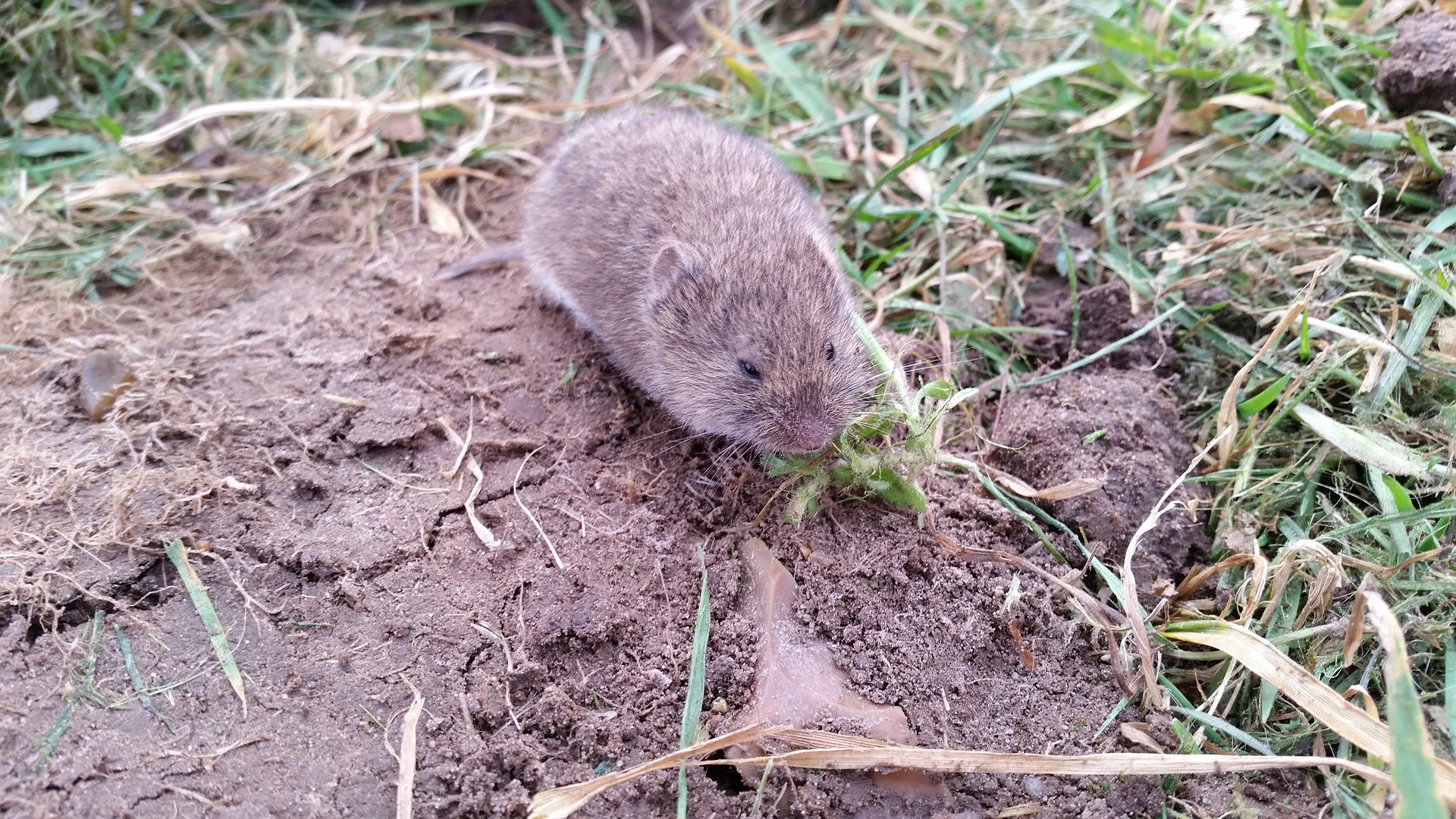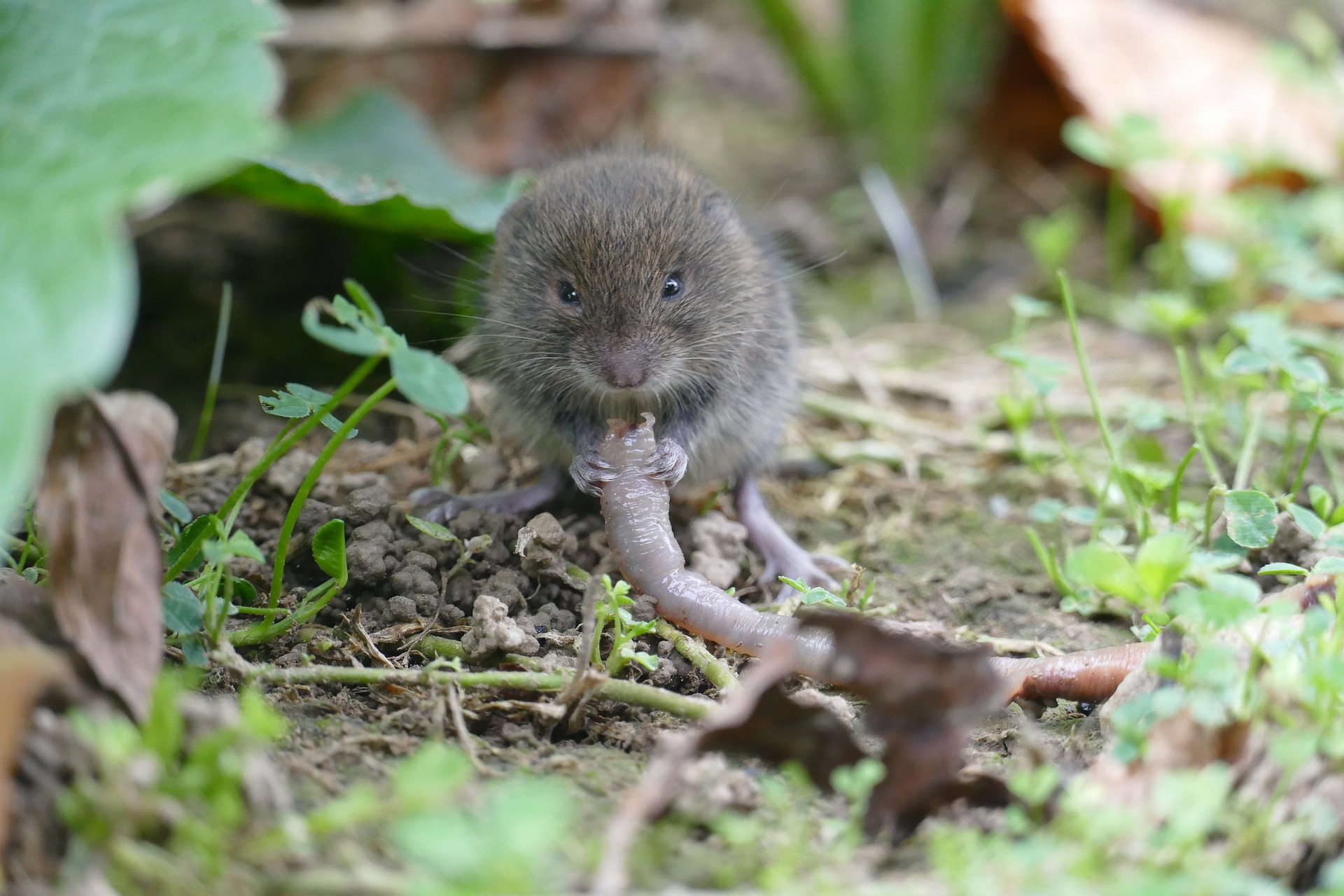Delving into the hidden world beneath our gardens and meadows, voles are often mysterious and misunderstood creatures. This guide sheds light on these burrowing rodents, detailing their behaviors, dietary habits, and habitats. Whether you want to understand their impact on your garden or seek ways to control their population humanely, our guide provides the insights you need.
Save 50% on Your First Treatment
Contact Us Today to Claim Your Savings - Limited Time Only
For a Faster Quote
Call (888) 739-9099


